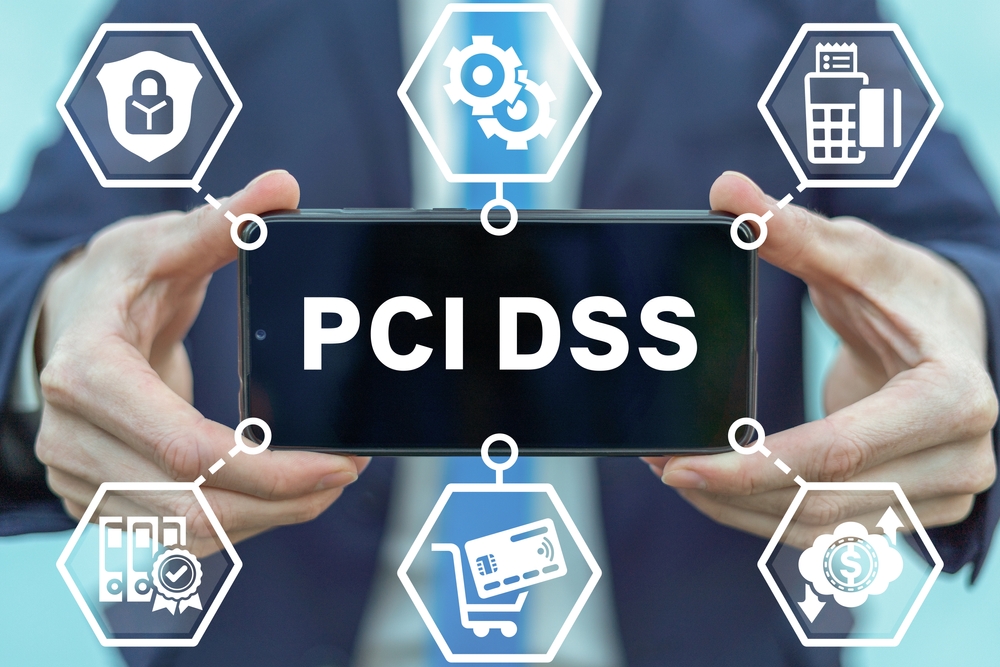Top Mistakes to Avoid During the PCI Compliance Certification Process

Strong 8k brings an ultra-HD IPTV experience to your living room and your pocket.
Achieving PCI compliance certification is a critical step for organizations that handle, process, or transmit credit card data. It ensures adherence to the Payment Card Industry Data Security Standard (PCI DSS), which is designed to safeguard sensitive cardholder information. However, the certification process is rigorous and often misunderstood, leading many businesses to make costly errors. These mistakes not only delay certification but also expose companies to potential data breaches, fines, and reputational damage.
This guide highlights the most common pitfalls organizations encounter during the PCI certification journey and offers practical ways to avoid them.
Understanding PCI DSS Compliance Certification
Before diving into the common mistakes, it is essential to understand what PCI DSS compliance certification entails. The PCI DSS framework consists of 12 core requirements that cover various aspects of data protection, including secure network architecture, access control measures, and regular monitoring. Compliance is mandatory for all entities that handle cardholder data and is validated through assessments, either self-conducted or via a Qualified Security Assessor (QSA), depending on the organization’s transaction volume.
Common Mistakes During the PCI Certification Process
1. Treating Compliance as a One-Time Event
One of the most frequent missteps is approaching PCI DSS compliance certification as a checkbox activity rather than an ongoing commitment. Compliance is not a one-off task; it requires continuous monitoring, policy updates, regular vulnerability scans, and adherence to evolving security practices. Failure to maintain compliance throughout the year can result in data breaches that violate PCI DSS requirements, even if certification was achieved earlier.
2. Incomplete Scope Definition
Many organizations fail to properly define the scope of their PCI environment, which includes all systems that store, process, or transmit cardholder data. Excluding relevant systems or network segments can lead to a false sense of compliance and ultimately a failed assessment. Businesses must carefully identify and document all assets involved in payment processing to ensure full compliance.
3. Ignoring Third-Party Risks
Outsourcing functions such as payment processing, data storage, or IT support does not transfer compliance responsibilities. Organizations remain responsible for verifying that their third-party vendors comply with PCI DSS standards. A lack of proper vendor management can result in non-compliance if any third party is found to be insecure or improperly integrated into the cardholder data environment.
4. Lack of Employee Awareness and Training
Employees play a critical role in maintaining data security, yet many organizations overlook the importance of training. Without proper education on handling sensitive data and recognizing threats such as phishing or social engineering, staff may unintentionally violate compliance policies. Regular training programs are necessary to ensure all employees understand their roles and responsibilities in maintaining PCI DSS standards.
5. Inadequate Documentation and Evidence Collection
Assessors require comprehensive documentation to verify compliance. Many businesses delay gathering evidence or fail to maintain accurate records of policies, procedures, logs, and reports. This oversight can lead to delays during the assessment and may result in certification failure. Establishing a documentation strategy early in the process ensures that all required materials are readily available.
6. Not Conducting Pre-Assessment Readiness Checks
Jumping into an assessment without conducting a pre-assessment readiness review is a costly mistake. Readiness checks help identify compliance gaps and provide an opportunity to remediate issues before the official audit. Organizations that skip this critical step often face unexpected failures during certification, requiring additional time and resources to correct errors.
7. Relying Solely on Automated Tools
While security tools and scanners are valuable components of a compliance program, they should not replace manual reviews and internal controls. Automated tools can miss contextual risks that a human assessor might catch. A balanced approach that combines technology with hands-on evaluation is essential for thorough compliance validation.
Best Practices to Ensure Successful PCI DSS Certification
To minimize risks, companies should implement essential best practices:
● Conduct regular internal audits to identify vulnerabilities and confirm adherence to all 12 PCI DSS requirements.
● Form a cross-functional team comprising members from IT, security, compliance, and legal divisions.
● Stay informed on updates to the PCI DSS framework, including version changes and newly issued guidelines.
● Collaborate with a qualified assessor who can provide expert insights and recommendations tailored to your environment.
Conclusion
Securing PCI compliance certification requires a well-planned and proactive strategy. Avoiding common mistakes such as improper scope definition, inadequate documentation, and neglecting third-party risks is essential for a smooth certification process. Moreover, continuous staff training, ongoing security monitoring, and internal readiness assessments are critical for long-term compliance.
Partnering with an experienced information security services company can help streamline the process and ensure robust data protection practices. Panacea Infosec offers specialized expertise and support for organizations seeking reliable guidance through the PCI certification journey.
Note: IndiBlogHub features both user-submitted and editorial content. We do not verify third-party contributions. Read our Disclaimer and Privacy Policyfor details.







